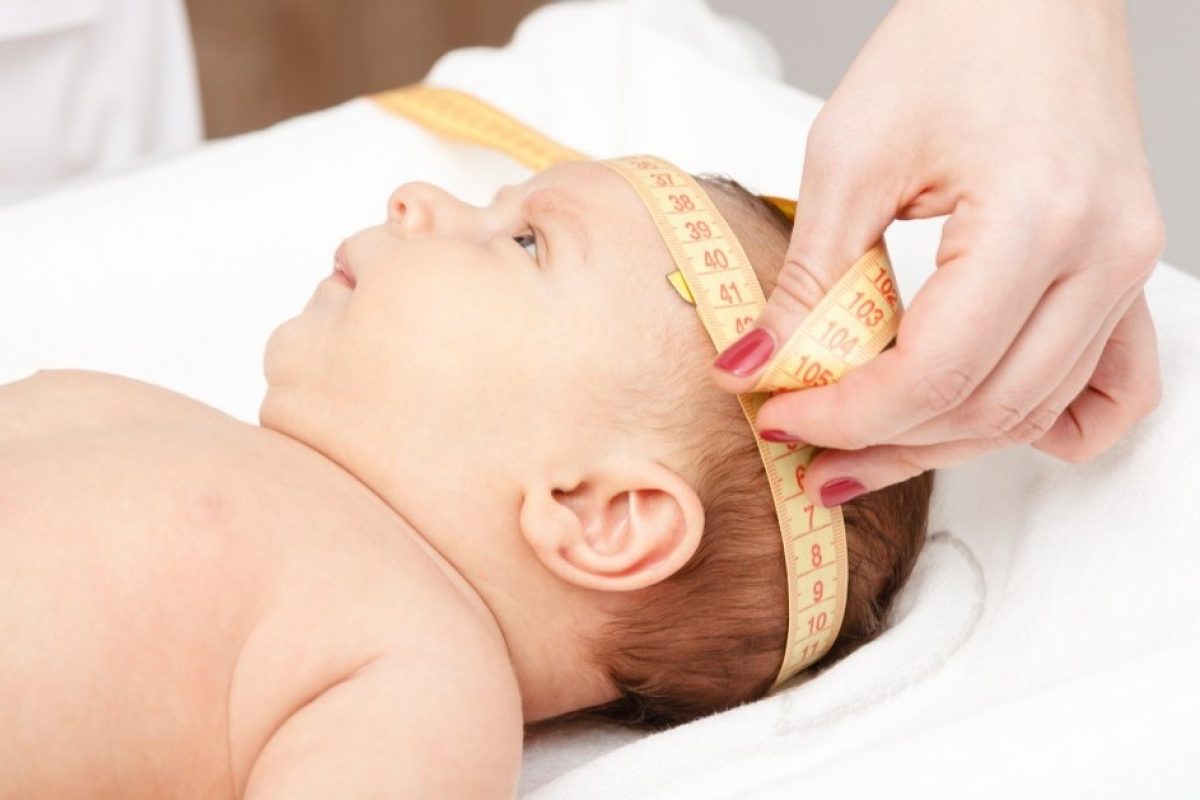
04 Nov Do you know craniosynostosis?
Craniosynostosis is a birth defect in which one or more sutures in the baby’s head close earlier than normal. When a child is born, the skull is made up of bony plates. Over time, it is normal for these bony plates to fuse together to form the mature skull of the infant.
In craniosynostosis, the plates fuse early, usually before the baby is born, not after birth. As a result of this premature closure, the head then develops abnormally so that the shape of the skull is very different from the normal shape.
How is craniosynostosis diagnosed?
Craniosynostosis requires a specialist, such as a pediatric neurosurgeon or a specialist in plastic and reconstructive surgery. A diagnosis of craniosynostosis may include:
Physical exam: The nurse will feel the baby’s main features, such as bulges at the seams, and facial differences, such as uneven features.
Imaging studies: A CT or MRI scan of your child’s skull can detect any fusion of the sutures. A cranial ultrasound may be used. Fused seams can be recognized by their absence, as they are not visible after fusion, or by the presence of ridges in the seam. Photos and laser scans can also be used to accurately measure the shape of the skull.
What are the treatments for craniosynostosis?
Mild cases of craniosynostosis may not require special treatment. If the skull sutures are open and the head is abnormally shaped, your doctor may recommend a helmet specially designed to help properly shape your baby’s head, which should be fitted by a medical specialist. In this case, a molded helmet can help develop the baby’s brain and correct the shape of his skull.
But for most children, the main treatment is surgery on the skull. The type and timing of this surgery depend on the type of craniosynostosis and whether there is an underlying genetic syndrome. Sometimes, more than one operation is needed to correct this condition.
The purpose of the surgery is to correct the shape of the head to reduce or eliminate pressure on the brain, create space for normal brain growth, and improve your child’s appearance.
Does only craniosynostosis deform a baby’s head?
A misshapen head does not always indicate craniosynostosis. For example, if the back of your child’s head looks flat, it may be because he spends too much time on the sides of his head. This can be treated with frequent position changes or, if important, wearing a helmet (cranial orthosis) to help reshape the head to look more normal.

